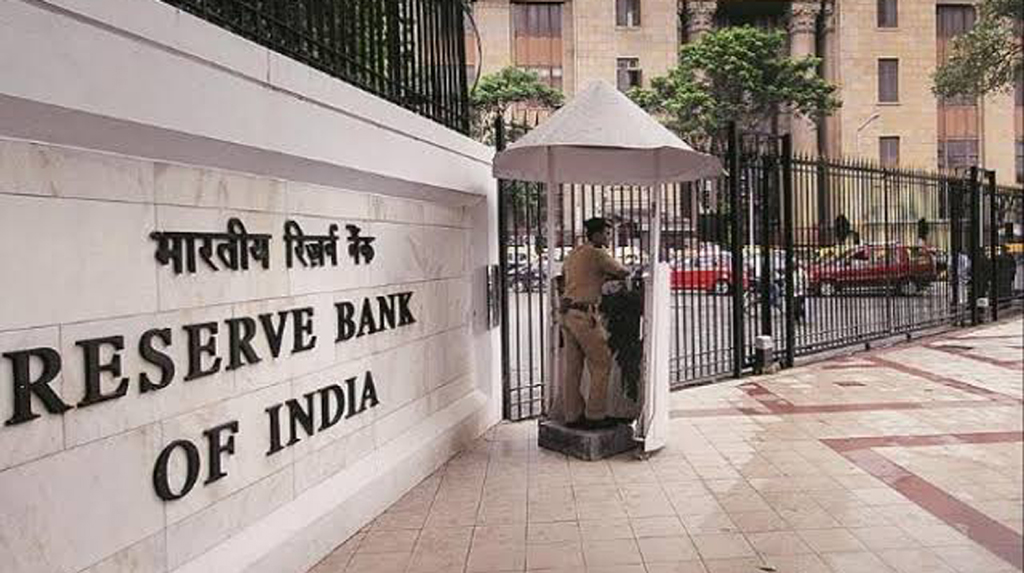New Delhi: Hit hard by defaults and NPAs over the past few years, the Indian banking system now requires speedy implementation of the Insolvency and Bankruptcy Code (IBC) to shed risk aversion and increase lending to companies, according to the Economic Survey 2019-20.
The Survey tabled by Finance Minister Nirmala Sitharaman in the Parliament on Friday said that although the implementation of the three-year old bankruptcy code is making progress, it has been a slow process.
“Unless this speeds up, the risk aversion of banks to lend further may not reduce. Risk premiums may then continue to be high and cuts in repo rates may not transmit to lowering lending rates. Private investment may, therefore, remain muted,” said the Survey.
It also said that the resolution under IBC has been much higher as compared to other processes. Referring to the data of Report on Trend and Progress of Banking in India 2018-19, the survey said that the amount recovered as a percentage of the amount involved in 2017-18 and 2018-19 has been much higher as compared to Lok Adalat and Debt Recovery Tribunals, among others.
The Code provides a timeline of 330 days to conclude a corporate insolvency resolution process which means that proceedings under the Code take about 340 days on average, including the time spent on litigation, in contrast with the previous regime where processes took about 4.3 years.
The Survey observed that when the IBC was introduced in 2016, it consolidated the insolvency resolution process into a single law by repealing and amending multiple rules and processes which were in operation earlier.
“Following the operationalisation of IBC since 2017, a significant number of non-performing assets have been brought under its ambit. In addition to the large sums recovered by the creditors from resolution or liquidation, the introduction of a framework for exit has improved the overall business culture of the country,” it said.
The Survey prepared by Chief Economic Advisor K.V. Subramanian also observed that the threat created of losing control under IBC is helping change the credit culture in the country.
“Insights from behavioural economics can be utilised to enhance the credit culture, especially with respect to frauds and wilful defaults, by drawing on the social and cultural norm of the ‘doctrine of pious obligation’. This, in turn, will foster credit growth and investment,” it said.
As per the Survey, up to September 2019, about 743 of the total 2,542 corporates under the Code have completed the process yielding either resolution or liquidation, while 498 corporates have commenced voluntary liquidation process.
Out of the 562 Corporate Insolvency Resolution Process (CIRP) initiated in October-December 2019, 132 are under liquidation, and 14 have been already settled. As on end December 2019, Rs 1.58 lakh crore were realisable in cases resolved.
The Survey said that 41.2 per cent of the cases admitted by the National Company Law Tribunal (NCLT) for CIRP are in the manufacturing sector followed by 19 per cent in real estate, renting and business activities sector.




